3: Bug ID for beginners
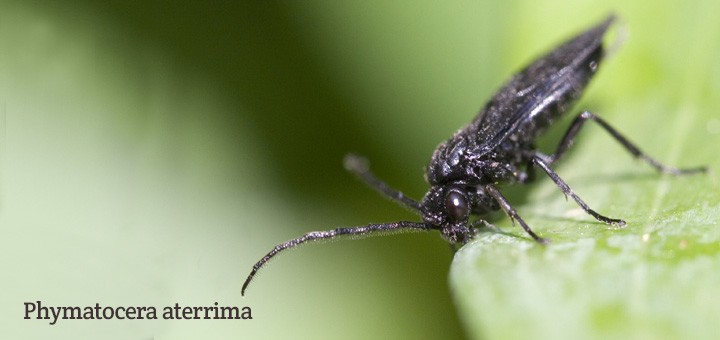
You’ve found your bug, taken your photos and now you want to know what it is. Here’s a few tips and tricks to make identification a little easier
There can be very few people in the world who don’t know what a butterfly is but most people have never even heard of an ichneumon, never mind know what one looks like. Nowadays it’s pretty easy to send out a Tweet or email a website asking for an ID but you don’t learn much that way and personally I tend to go down that route as a last, rather than first, resort. But hey, it’s up to you! However, if you enjoy doing your own detective work the first thing I’d recommend you do is…
Get a decent Insect book
If you don’t have one, or even if you only have a passing interest in bugs, it’s worth spending £15 to £20 on a good general or ‘complete’ insect field guide. There are loads out there and you pays your money and takes yer choice, but my personal favourite is the Domino Guide to Insects of Britain and Western Europe by Michael Chinery. The illustrations are excellent and I find it easier to use than photo-based ID books. Armed with one of these it’s usually quick and easy to get into the general area of insect you’re after. However, these guides only ever show a selection of bugs from each order so some further investigation often needs to be done.
Know which type of bug it is
For those of you who haven’t read the taxonomy page, an order is a grouping of insects defined by things they have in common. For example Diptera (true flies) contains all those insects that only have two wings and Coleoptera (beetles) have all modified their front wings into a hard shell. Being able to quickly work out if your photo is of a fly, wasp or true bug is the first step towards narrowing down that elusive identification. I’ve provided a basic list of orders, with links to pages that will hopefully give a better idea of what that order’s insects look like, but the way I learned was by regularly going through my identification books. It actually doesn’t take too long before you can tell different orders apart and it can save a lot of time when referring to field guides or web resources, whether general or specific.
The next step
For something like a butterfly it’s easy to start with ‘it’s a white one’ and pretty quickly work out what it is from there but with more complex orders such as Hymenoptera, Diptera or Coleoptera you’ll probably need to go through a series of steps before you get close. With a little experience it’s sometimes possible to guess at a family grouping as they’re quite often descriptive of either a physical characteristic, lifestyle trait or habitat. For example, Stiletto flies are generally long and thin like a stiletto knife or heel, Soldier flies (and beetles) have bright colours like a military uniform, Hoverflies are often seen hovering, Ground beetles are generally on the ground and Shieldbugs are shaped like a shield! Obviously this approach is a bit hit-and-miss but can be helpful and save time when diving into your reference books. However, if nothing strikes you as obvious or you’re just at the beginning of your bug ID journey you’ll just have to trawl through your trusty identification guide until you find something that looks close. Once you’ve worked out the family or other grouping you can then narrow down your search further.
Jizz helps! (OK, stop giggling at the back)
The way that an insect moves, behaves and the general impression it gives is known as its jizz. This is often referred to in books and on web pages and can often help with identification. Habitat, food plants, insect prey, time of day, geographical location and a whole host of other factors can also be useful clues so try to make either a mental or physical note of these things for use later. (The major factor in identifying the sawfly at the top of this page was it and its mates were irresistibly attracted to my Solomon’s Seal plant).
Be observant
Right from the start you need to pay attention to all the details of the insect you’re looking at but the more you narrow down your identification the harder you need to concentrate. If you think you’ve sussed the order, family and possibly genus and you’re comparing your shot with reference photos or illustrations it’s not enough to go, ‘yep, they’re both black with yellow stripes and four wings, must be a wasp!’ You need to check every last detail. Is the head the same shape with the same markings? Are the antennae the same shape, length and colour down to the last segment? Are the legs identical? Do they have the same number of spurs? Is the wing venation the same? Is there the same number of stripes on the abdomen? You get the idea. With insects the devil is very much in the detail so the more points of commonality you have the more you can be confident about your identification.
Have reliable reference material
There are three main ways of checking an insect’s identity, comparing with a photo or illustration (plus any accompanying text) of a confirmed specimen and/or uploading your pic onto the internet and hoping an expert can help and/or using a scientific key . The advantage of the first method is it’s visual and reasonably straight forward, if you’re careful. However, you need to be sure that the pic you’re comparing with is what it says it is! You can be pretty confident that a general identification book or, even better, a specialist field guide will have been thoroughly checked though be aware that some of the older reference may be taxanomically suspect. Using the internet has its pros and cons. On the upside there are general websites like iSpot or the Twitter based Wildlife Sightings (@wildlife_uk) that are specifically for identifying things in nature and a host of specialist sites on virtually every bug known to man. On the down side you don’t always get an answer and many of the specialist sites can be very intimidating and nerdy. And beware of using pics on the Net as reference unless they’re from a reliable website as people, especially amateurs like us, often get things wrong! Finally, if you can track down a key to the insect family you’re after then that’s probably the most reliable source of all. For those of you who don’t know, a key is a way of sorting out species based on a series of mutually exclusive questions. For example, a key may say something like:
1) insect has two wings – it’s a fly / insect has four wings – go to 2
2) insect has hardened forewings that cover the hind wings entirely – it’s a beetle / Insect has four wings of another kind – go to 3 …
… and so on. Unfortunately keys are often quite complex, the questions usually refer to tiny physiological differences and all too often something to do with the genitals which 99.9% of the time you’ll never see in a photograph. That said, if you can find the key in the first place, get your head around it and see enough detail to use it then there’s nothing better.
Don’t get disheartened
One of the many drawbacks of identifying bugs from a photo is that you often only have one view and much of it can be out-of-focus, but it’s not always the end of the world – I managed to work out the hoverfly on the homepage from the markings on the thorax. However, no matter how much great reference material you have there will be times when you just can’t work out which insect you’ve photographed either through lack of detail or experience and, as I keep saying, there are some insects that just can’t be identified from a picture. It took me a while to work this out but once I had I became a lot more relaxed about the whole thing.
Keep on checking
I regularly go back and double-check things that I think I’ve already identified as I discovered quite quickly that many of my earlier efforts were way off, especially when it came to flies! Even now there are some bugs that take me months to confidently name but the more you do the better you get at it.
Finally, only name it if you’re sure
It’s important, especially if you’re naming insects for any kind of recording purpose, to be 100% positive of your ID. It’s often tempting to go ‘that’s close enough’ but if you are in any way unsure of your identification it’s always better to just give the genus (eg Tipula sp.) than to give inaccurate information.

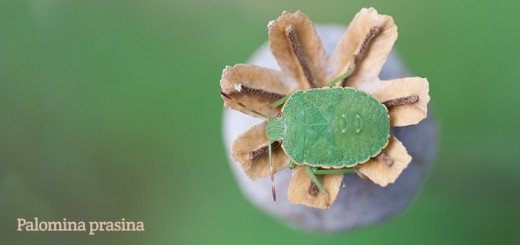
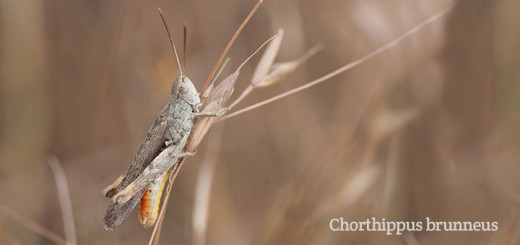
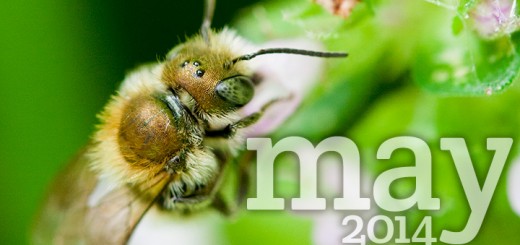
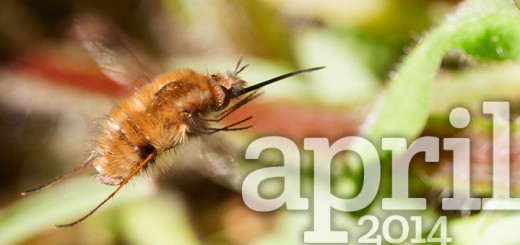
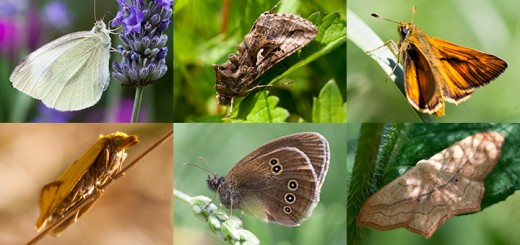
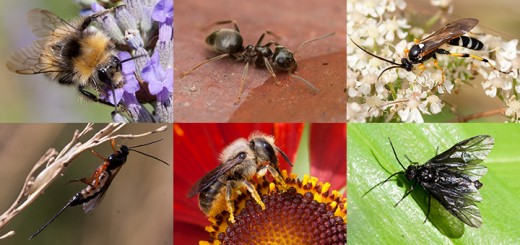
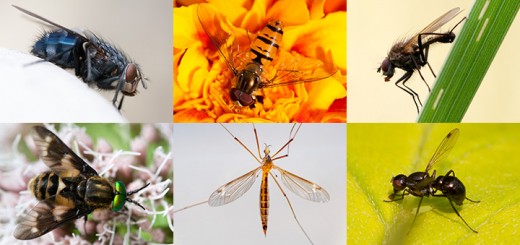
Recent Comments